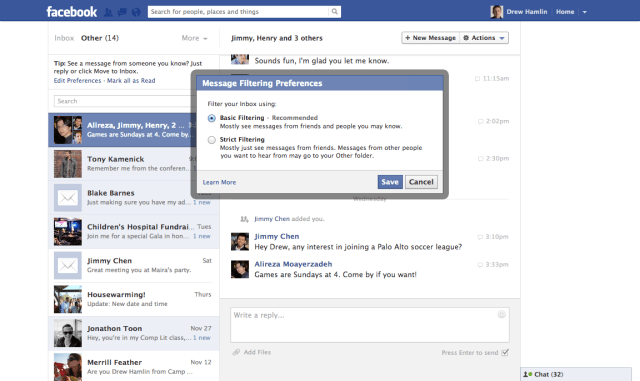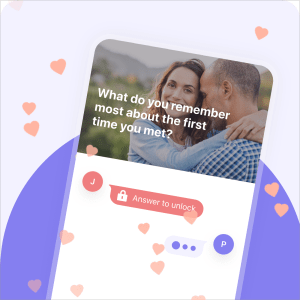Facebook Introduces Paid Messaging & Smarter Inbox Filters
In a significant update to its messaging system, Facebook began testing two major changes in December 2012: a paid message delivery option and dynamic privacy filters designed to improve communication while reducing spam.
The Paid Messaging Experiment
Facebook launched a limited U.S. test allowing users to pay $1 to guarantee message delivery to non-friends’ primary inboxes. This innovative approach served two purposes:
- Ensuring important messages get seen (like the case of a long-lost sibling’s message being missed for months)
- Deterring spammers by creating a financial barrier to mass messaging
The system included safeguards:
- A cap of one paid message per recipient per week
- Dynamic pricing that could adjust based on message importance
Smarter Message Filtering System
Facebook replaced its rigid privacy settings with intelligent filters:
Two New Filtering Options:
Basic Filtering (default for users who previously allowed messages from “friends of friends” or “everyone”)
- Prioritizes messages from friends and people you may know
Strict Filtering (for users who previously only allowed messages from friends)
- Primarily shows messages from existing friends
Both systems use Facebook’s algorithms to allow “highly relevant” messages through, even from non-qualified senders when appropriate (like group threads containing both friends and non-friends).

Key Benefits for Users
- Reduced missed connections: Important messages less likely to disappear in the “Other” inbox
- Better spam protection: Financial cost discourages mass spammers
- Flexible communication: Allows meaningful messages from non-friends while blocking unwanted contact
- Improved mobile experience: Works seamlessly with Facebook Messenger for Android (including non-Facebook users)
Potential Concerns
While the changes offered clear benefits, some users expressed concerns:
- Privacy setting changes implemented without explicit consent
- Potential for paid messages to become intrusive
- Uncertainty about how Facebook determines “message relevance”
The Bigger Picture
This update represented Facebook’s attempt to:
- Solve real communication problems in its messaging system
- Create potential new revenue streams
- Lay groundwork for future business communication tools (though the company emphasized this initial test focused on personal communication)
As with many Facebook changes, the ultimate success would depend on user adoption and the company’s ability to balance utility with privacy concerns. The paid messaging test, in particular, showed Facebook’s willingness to experiment with unconventional solutions to improve its platform.
📚 Featured Products & Recommendations
Discover our carefully selected products that complement this article’s topics:
🛍️ Featured Product 1: SPANX® SoftStretch Long Sleeve Mockneck Top
 Image: Premium product showcase
Image: Premium product showcase
Professional-grade spanx® softstretch long sleeve mockneck top combining innovation, quality, and user-friendly design.
Key Features:
- Premium materials and construction
- User-friendly design and operation
- Reliable performance in various conditions
- Comprehensive quality assurance
🔗 View Product Details & Purchase
💡 Need Help Choosing? Contact our expert team for personalized product recommendations!




![Google Puts The Nexus 4 Back On Sale In UK, France And Spain [Update: Now Also In Australia, Sold Out In France And Spain]](https://hcieero.com/wp-content/uploads/2025/05/60mm-heat-shrink-sleeve-red-colour-100-meter-154.jpg)







